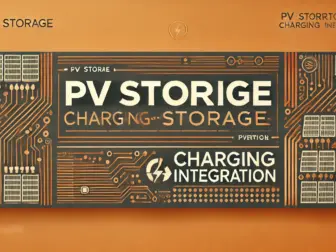Tag - Smart microgrid
Revolutionizing Energy Systems with Smart Microgrids
In the era of rapid urbanization and climate change, smart microgrids are emerging as a revolutionary solution to transform energy systems. These advanced systems integrate renewable energy sources, energy storage technologies, and digital communication networks to create a more resilient and sustainable energy infrastructure.
Smart microgrids are small-scale energy systems that operate autonomously or in conjunction with the main grid, providing reliable power supply to local communities, businesses, and critical infrastructure. By leveraging advanced control algorithms and real-time data analytics, smart microgrids optimize energy generation, storage, and distribution, ensuring efficient energy management and cost savings.
One of the key features of smart microgrids is their ability to seamlessly integrate renewable energy sources such as solar panels, wind turbines, and hydropower systems. By harnessing clean and abundant sources of energy, smart microgrids reduce reliance on fossil fuels, lower greenhouse gas emissions, and contribute to the transition towards a low-carbon economy.
Furthermore, smart microgrids incorporate energy storage technologies such as batteries and flywheels to store excess energy generated during peak production periods. This stored energy can be used during times of high demand or when renewable energy sources are not available, ensuring a reliable and uninterrupted power supply for end-users.
In addition to enhancing energy efficiency and sustainability, smart microgrids also improve grid resilience and reliability. By decentralizing power generation and distribution, smart microgrids reduce the risk of widespread outages caused by natural disasters, cyberattacks, or equipment failures. In the event of a grid failure, smart microgrids can operate independently and seamlessly transition to island mode, providing uninterrupted power to critical facilities such as hospitals, emergency response centers, and water treatment plants.
Moreover, smart microgrids empower consumers to actively participate in energy management and conservation. Through smart meters, energy monitoring systems, and demand response programs, consumers can track their energy consumption in real-time, adjust their usage patterns, and reduce their electricity bills. This increased awareness and control over energy consumption not only benefit consumers but also contribute to overall energy efficiency and grid stability.
As the demand for clean and reliable energy continues to grow, smart microgrids are poised to play a crucial role in shaping the future of energy systems. By combining advanced technologies, renewable energy sources, and intelligent control systems, smart microgrids offer a sustainable, resilient, and cost-effective solution to meet the evolving energy needs of communities and businesses around the world.
